By Nova, BAMS (Ayurvedic Practitioner) | Founder, TwakaSutra.
Look, I get it. You’ve spent years curating the perfect wardrobe. That sleek polyester blazer that never wrinkles? The stretchy workout leggings you live in? Your favorite “breathable” athletic dress?
But here’s something nobody tells you at the fitting room: Your clothes might be the reason your skin freaks out.
I’m Nova, and as an Ayurvedic skin practitioner, I’ve seen hundreds of women (and men!) walk into my practice with mysterious rashes, persistent acne, and irritated skin—only to discover their designer wardrobe was the culprit.
Here’s the truth: Fashion and skin health don’t have to be enemies. You can look incredible AND feel comfortable with a skin-friendly wardrobe. Let me show you how.
Why Your Favorite Outfit Might Be Sabotaging Your Skin
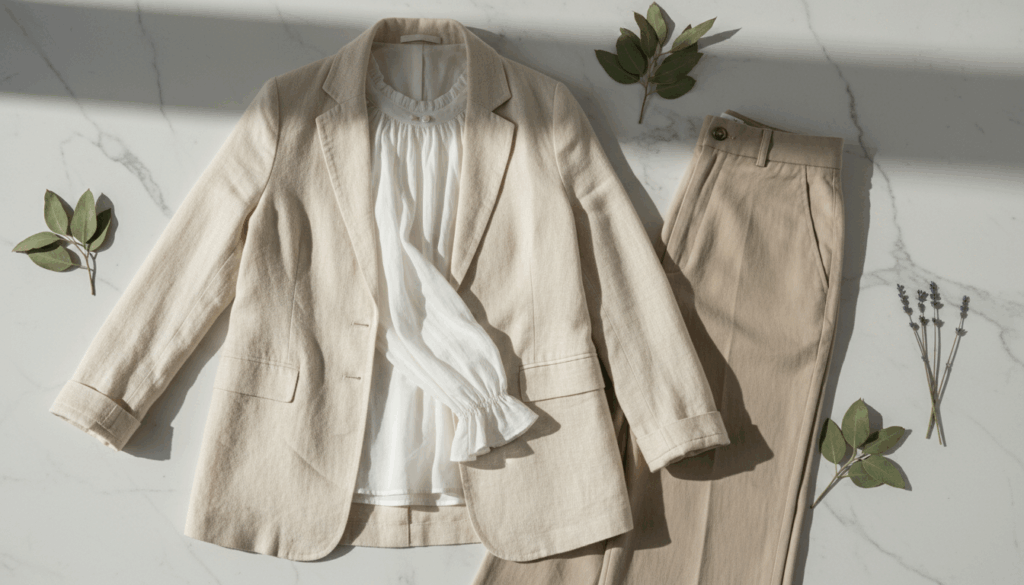
The Polyester Problem
That “wrinkle-free” miracle fabric? It’s literally plastic.
Real talk: When I stopped wearing polyester for 30 days, my chronic back acne disappeared. My patients report the same thing—switching fabrics changed everything.
What happens:
- Polyester traps sweat against your skin (hello, bacteria party!)
- Chemical residues from manufacturing irritate sensitive skin
- Zero breathability = your skin can’t regulate temperature
- Creates friction that damages your skin barrier
But it looks so good in stores! I know. That’s why I’m not telling you to throw away your entire wardrobe. I’m teaching you to be STRATEGIC.
The Skin-Friendly Fashion Formula
Your New Wardrobe Foundation: The Fab Four Fabrics

1. Cotton: The Classic That Never Fails
Why it works: Breathable, absorbent, gets softer with every wash.
Fashion tip: Look for high-thread-count cotton for that luxury feel. Egyptian or Pima cotton = chef’s kiss.
Style it:
White cotton button-down (timeless, goes with EVERYTHING)
Cotton denim (yes, real denim, not stretch polyester blend)
Cotton knit dresses for summer
Cotton t-shirts as your base layer staples
Brands to try: Everlane, Cuyana, Entireworld, Kotn
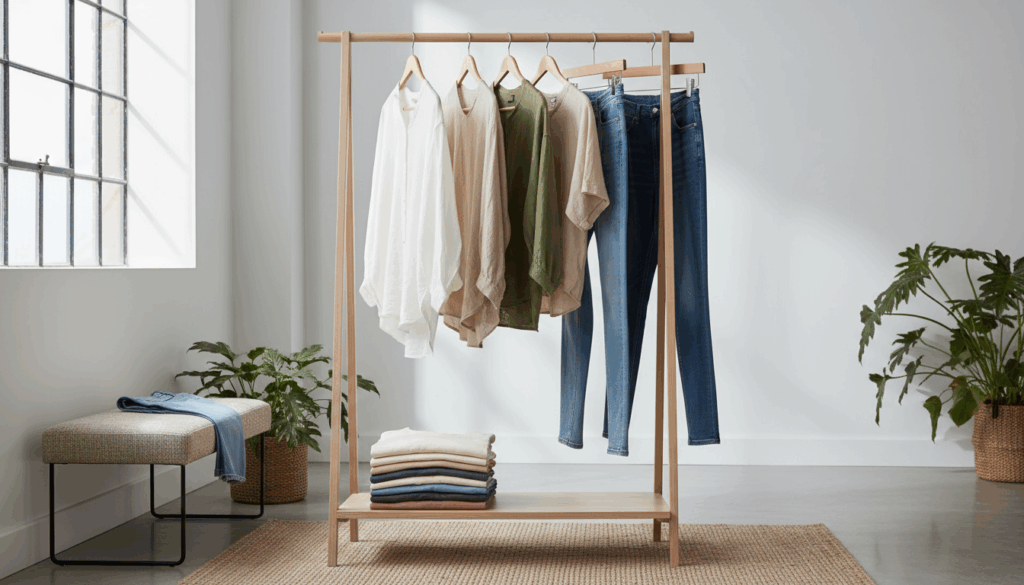
2. Linen: The Effortless Chic Secret
Why it works: Ultra-breathable, naturally antimicrobial, looks expensive AF.
Fashion tip: Yes, it wrinkles. That’s the POINT. Wrinkled linen = “I’m too cool to care” energy.
Style it:
Oversized linen blazer (dress it up or down)
- Linen wide-leg pants (comfort + style = winning)
- Linen midi dresses (perfect for literally everything)
- Linen shirts (French girl aesthetic unlocked)
- Brands to try: Reformation, Eileen Fisher, Quince, ABLE
3. Silk: Luxury That Loves You Back
Why it works: Hypoallergenic, temperature-regulating, naturally smooth (no friction damage).
Fashion tip: Silk charmeuse for evening, silk crepe for day, silk jersey for casual.
Style it:
Silk slip dress (with a cotton turtleneck underneath for fall)
Silk blouses (instant elegance)
Silk scarves (protect your neck skin!)
Silk camisoles under everything
Brands to try: Ginia, Lunya, Lilysilk, Quince
4. Bamboo: The Sustainable Game-Changer
Why it works: Softer than cotton, naturally moisture-wicking, eco-friendly bonus.
Fashion tip: Bamboo fabric drapes beautifully—perfect for flowy silhouettes.
Style it:
Bamboo t-shirts (your new basics)
Bamboo loungewear (comfort level: infinite)
Bamboo activewear (yes, it exists and it’s AMAZING)
Bamboo underwear (game-changing for sensitive skin)
Brands to try: Boody, Cariloha, Tasc Performance, Pact
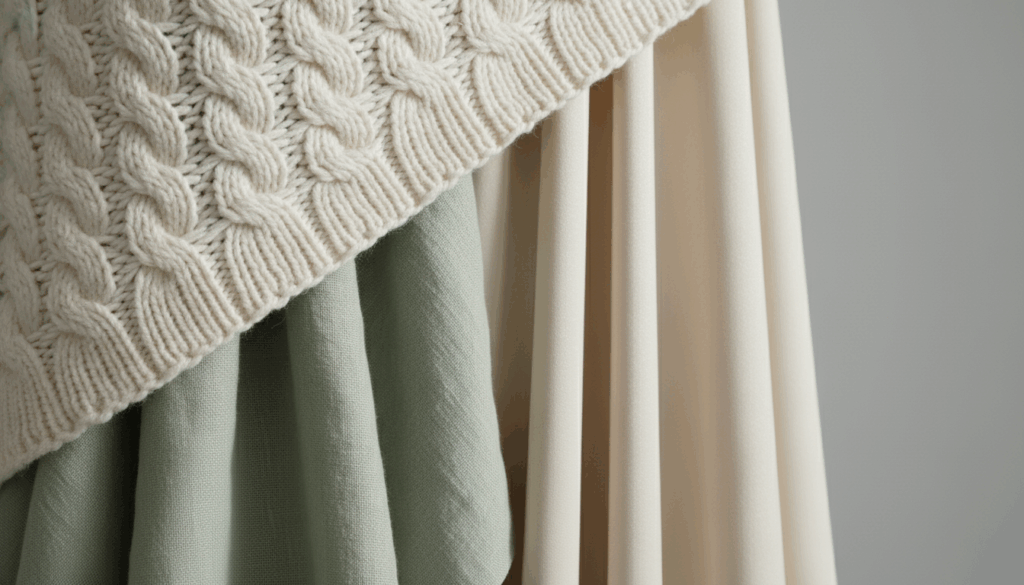
Your skin-friendly capsule wardrobe: bamboo tees, organic cotton denim, and breathable linen pieces
The 80/20 Wardrobe Strategy
You DON’T need to burn your entire closet.
Here’s what I tell my fashion-loving patients:
80% natural fabrics = your everyday foundation
These touch your skin directly
Your base layers, underwear, loungewear
Summer clothes when you’re sweating
Anything you wear for 6+ hours
20% synthetic fabrics = strategic styling
That structured blazer OVER a cotton shirt
The statement jacket for a night out
The vintage polyester dress you wear twice a year
Outerwear that doesn’t touch bare skin
The rule: If it touches your skin directly, make it natural. Everything else? Your call.
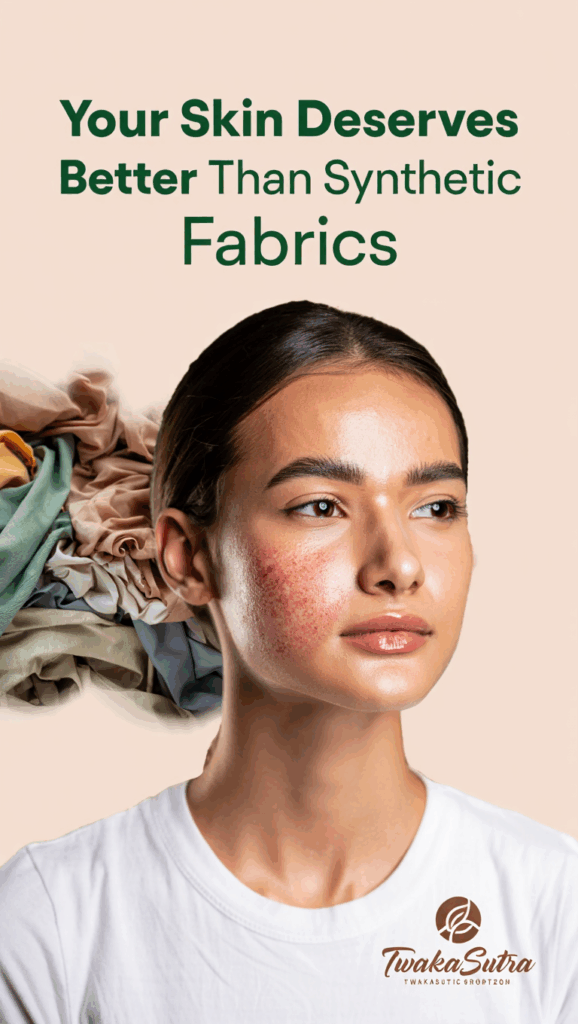
How to Transition Your Wardrobe (Without Going Broke)
Phase 1: Replace What Touches Your Skin Most (Month 1)
Priority list:
Underwear and bras (bamboo or cotton)
Sleep clothes (silk or cotton)
Workout clothes (bamboo or cotton blends)
T-shirts and tank tops (cotton or bamboo)
Budget hack: Buy 3-5 high-quality pieces rather than 20 cheap ones. They last 5x longer.
Phase 2: Build Your Natural Fabric Capsule (Months 2-3)
The 10-piece foundation:
3 cotton/bamboo t-shirts (white, black, neutral)
2 cotton button-downs (white, chambray)
1 linen blazer
1 pair cotton/linen pants
1 cotton denim jeans
1 cotton/linen dress
1 silk blouse
These 10 pieces = 30+ outfits. I’m not exaggerating.
Phase 3: Strategic Shopping Going Forward
Before you buy ANYTHING, check the label:

100% cotton
100% linen
100% silk
95% bamboo / 5% spandex (the 5% is for structure—totally fine!)
97% cotton / 3% elastane (minimal stretch, mostly natural)

Cotton/poly blends (if it’s outerwear)
Tencel/modal (semi-synthetic but breathable)
Wool (if you’re not sensitive)

100% polyester
Polyester/spandex blends
Nylon
Acrylic
“Performance” fabrics (usually polyester)
Real Talk: What About Activewear?
The workout clothes industry LOVES polyester. Here’s how to navigate it:
For yoga/pilates/low-intensity:
Bamboo or organic cotton works perfectly
Look for “moisture-wicking cotton” blends
For running/high-intensity:
Find bamboo activewear (Tasc, Boody Active)
Or: wear polyester but CHANGE IMMEDIATELY after
Shower within 30 minutes of working out
Never wear synthetic workout clothes for longer than necessary
My personal routine:
Work out in bamboo when possible
If I wear synthetic, I bring a cotton shirt to change into
Shower before the sweat dries
Apply my Ayurvedic body oil after (prevents irritation)
The Fashion Fabrics to AVOID (And What to Choose Instead)


Why: Structure without the plastic. Looks more expensive too.


Why: Your skin can actually breathe. No more inner thigh rash.


Why: Synthetic “silk” = polyester. Not fooling anyone.


Why: Acrylic is plastic yarn. Cotton knits are softer and last longer.
How to Care for Natural Fabrics (So They Last Forever)
Cotton:
Wash cold, hang dry when possible
Gets softer with age (unlike synthetic!)
Iron if you’re fancy, embrace wrinkles if you’re cool
Linen:
Wash cold, embrace the wrinkles (seriously!)
Hang dry or low heat
Ages beautifully—worn-in linen = luxury
Silk:
Hand wash or delicate cycle in mesh bag
Hang dry away from sunlight
Steam instead of iron
Worth the extra care, I promise
Bamboo:
Wash cold, tumble dry low
Easiest to care for!
Stays soft forever
 KEY TAKEAWAYS: Your Skin-Friendly Fashion Checklist
KEY TAKEAWAYS: Your Skin-Friendly Fashion Checklist







 FAQ: Your Skin-Friendly Fashion Questions Answered
FAQ: Your Skin-Friendly Fashion Questions Answered
Q: Will natural fabrics make me look frumpy?
A: Hell no! Natural fabrics = elevated aesthetic. Think: French girl chic, coastal grandmother, effortless elegance. Polyester = fast fashion energy. You’re upgrading, not downgrading.
Q: Isn’t cotton boring?
A: Only if you’re buying boring cotton! High-quality cotton in interesting cuts = timeless style. Plus, cotton takes dye beautifully, so you get richer colors.
Q: What if I can’t afford to replace everything?
A: You DON’T need to replace everything! Start with:
Underwear ($50-100)
Sleep clothes ($50-100)
3 basic t-shirts ($60-150)
That’s $200-350 total. Less than one designer handbag. And it’ll change your skin in 30 days.
Q: Can I still wear my polyester pieces?
A: YES! Just wear them OVER natural fiber base layers. That polyester blazer? Pair it with a cotton shirt. That vintage synthetic dress? Wear a silk slip underneath.
Q: What about “moisture-wicking” athletic fabrics?
A: “Moisture-wicking” usually = polyester. It doesn’t actually wick moisture away—it just spreads sweat around your skin (gross). Bamboo and cotton actually absorb and release moisture properly.
Q: Is this just for people with sensitive skin?
A: No! Even if your skin “seems fine,” synthetic fabrics are:
Trapping bacteria (causing body odor)
Creating micro-tears in your skin barrier
Contributing to hormonal issues (some synthetic fabrics have endocrine disruptors)
Making you sweat more than necessary
Everyone benefits from natural fabrics. Some people just notice the effects more obviously.
Q: What about in winter? Cotton isn’t warm!
A: Layer! Cotton base layer + wool sweater + cotton/linen outer layer = warm AND breathable.
Synthetic “fleece” traps moisture = you feel cold AND clammy. Natural fibers regulate temperature better.
Q: Where do I start shopping?
A: My top recommendations:
Budget-friendly:
Uniqlo (Supima cotton line)
Pact (organic cotton)
Quince (affordable silk and linen)
Mid-range:
Everlane
Cuyana
Reformation
ABLE
Investment pieces:
Eileen Fisher
Vince
Theory (check labels—some pieces are natural!)
Your 7-Day Skin-Friendly Fashion Challenge
Want to see results FAST? Try this:
Day 1-2: Replace underwear and bras with cotton or bamboo
Day 3-4: Get 3 cotton or bamboo t-shirts
Day 5: Buy cotton or bamboo workout clothes
Day 6: Get 1 linen or cotton statement piece (blazer or dress)
Day 7: Wear ONLY natural fabrics for 24 hours and notice the difference
Track:
How does your skin feel?
Any reduction in irritation?
Do you smell better? (Real talk: you will!)
Are you more comfortable?
The Truth Nobody Tells You
The fashion industry WANTS you to buy synthetic fabrics. They’re cheaper to produce, easier to manufacture, and you’ll replace them sooner (more sales!).
But here’s what they don’t want you to know:
Natural fabrics:
Last 3-5x longer
Look better with age
Hold value (vintage cotton = timeless; vintage polyester = trash)
Feel better
Are better for your skin AND the planet
You’re not being difficult. You’re being smart.
Ready to Transform Your Wardrobe AND Your Skin?
Start here:

Why I Stopped Wearing Polyester (And My Skin Thanked Me)
5 Fabrics Secretly Destroying Your Skin
Your Workout Clothes Are Making You Sick

Not sure which fabrics are triggering YOUR skin? Take my free assessment and get personalized recommendations.
 Follow the Journey:
Follow the Journey:
Blog: TwakaSutra.blogspot.com
YouTube: TwakaSutra – Fabric & Skin Health
Pinterest: @TwakaSutra
Final Thoughts
Building a skin-friendly wardrobe isn’t about perfection. It’s about making better choices, one piece at a time.
You don’t have to:
Throw away everything you own
Spend thousands of dollars
Sacrifice your personal style
Look “crunchy” or “granola”
You just have to:
Start reading labels
Replace the pieces that touch your skin most
Choose natural when you can
Be patient with your skin (it takes 30 days to see full results)
Your skin is your largest organ. What you put ON it matters just as much as what you put IN your body.
And honestly? Natural fabrics just FEEL better. Once you make the switch, you’ll wonder why you ever wore plastic in the first place.
Questions? Drop a comment below! I read and respond to every single one.
– Nova, BAMS
Ayurvedic Skin Practitioner | Founder, TwakaSutra
Helping you look good and feel even better
P.S. If this post helped you, share it with a friend who’s always complaining about their skin! Sometimes the solution is simpler than we think.

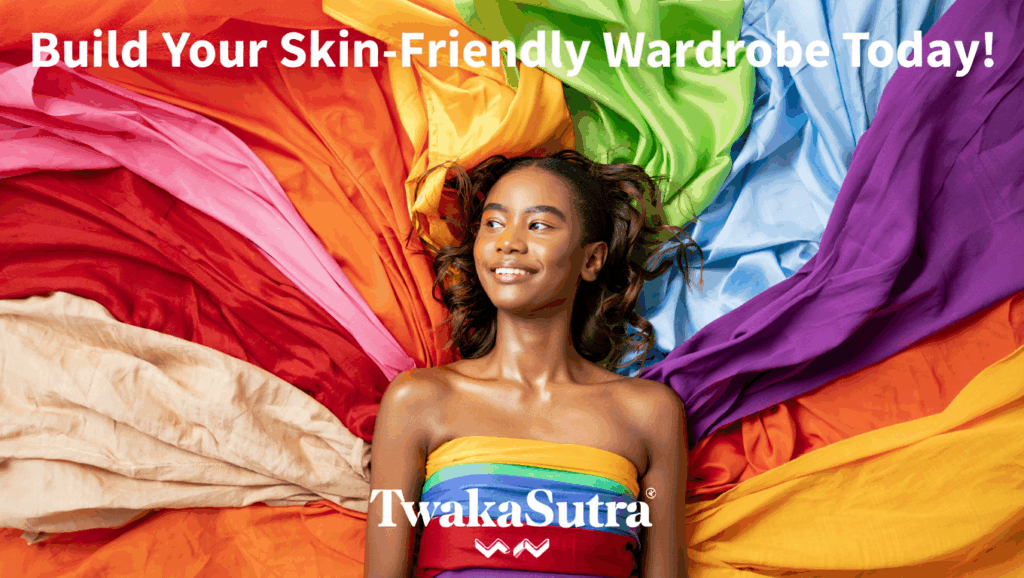
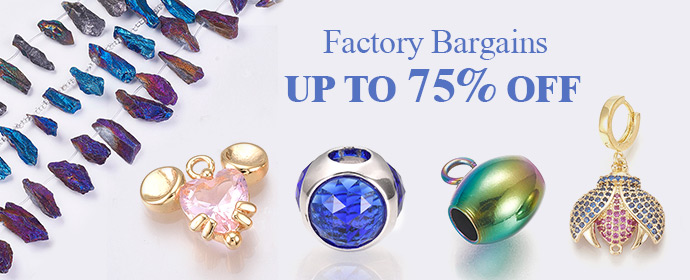






 KEY TAKEAWAYS: Your Skin-Friendly Fashion Checklist
KEY TAKEAWAYS: Your Skin-Friendly Fashion Checklist
 FAQ: Your Skin-Friendly Fashion Questions Answered
FAQ: Your Skin-Friendly Fashion Questions Answered
 Download Free Assessment Here
Download Free Assessment Here Follow the Journey:
Follow the Journey:

